Our Future Imagemakers High School Program welcomes 12 young photographers to our 2018 workshop.
To celebrate we are now on Instagram.
FOLLOW US @futureimagemakers
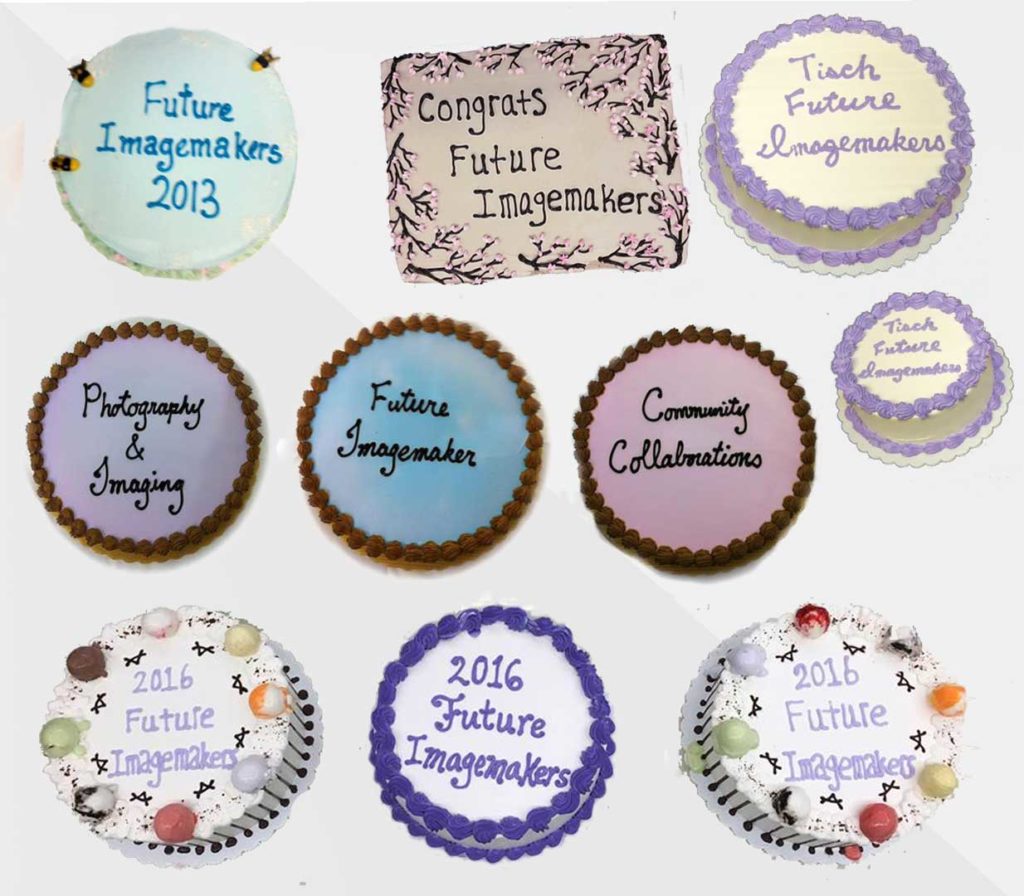
Our Future Imagemakers High School Program welcomes 12 young photographers to our 2018 workshop.
To celebrate we are now on Instagram.
FOLLOW US @futureimagemakers

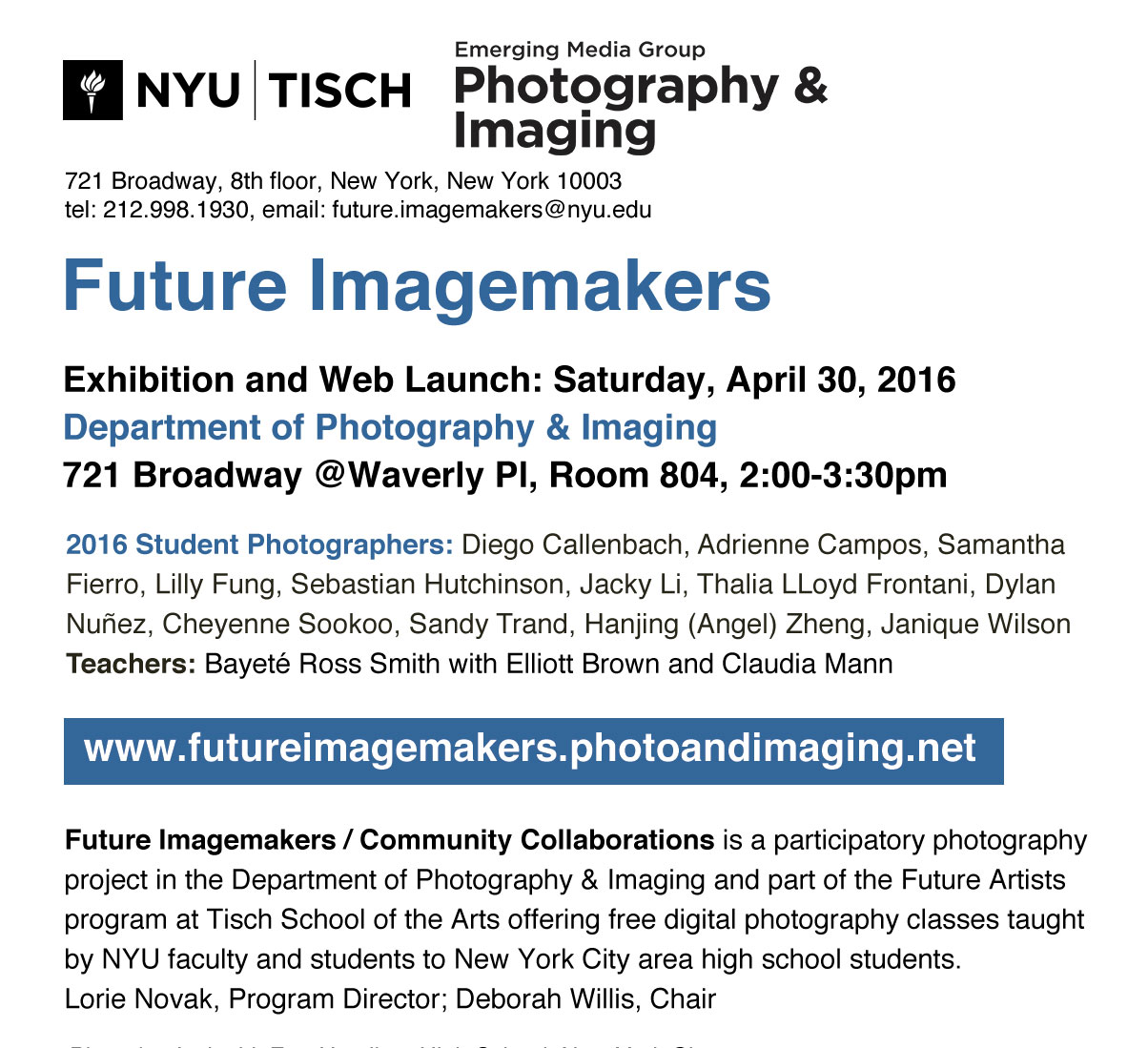
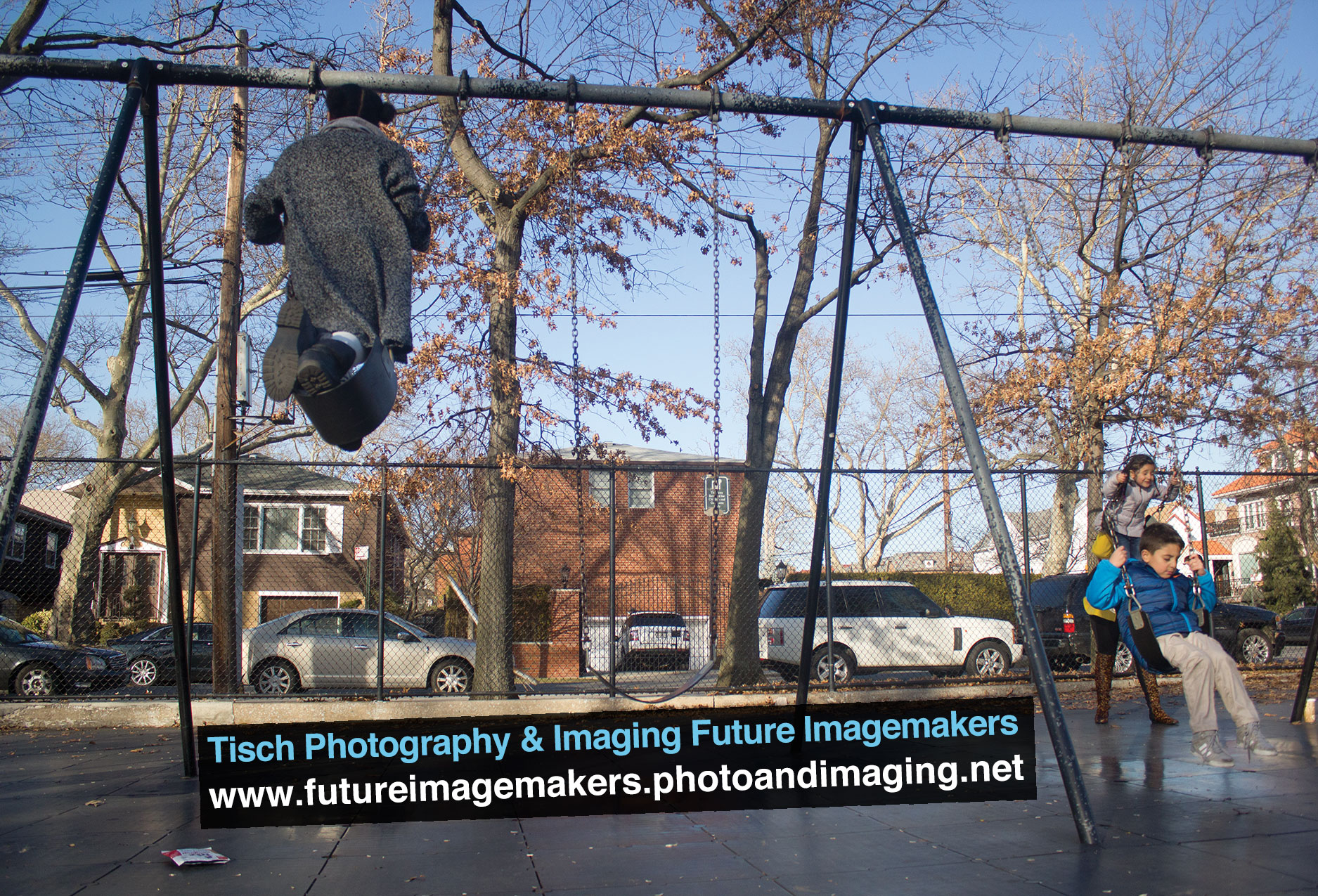
Middle School As Seen Through The Eyes Of A Teacher’s Cell Phone
What I’ve learned from my students about teaching.
Alice Proujansky, Aperture Foundation teaching artist, documentary photographer, Tisch Photography & Imaging Alumnus, and former teacher in our Community Collaborations (now Future Imagemakers) program.
Great resources about visual literacy from Aperture
Visual Literacy Defined – The Results of a Delphi Study: Can IVLA (Operationally) Define Visual Literacy
Jennifer M. Brill, Dohun Kim, Robert Maribe Branch, PHD; Journal of Visual Literacy, Spring 2007
“Chapter 3: Visual Literacy,” from MEDIA LITERACY in the K–12 Classroom
Frank W. Baker, International Society for Technology in Education
Download the PDF: Part 1 Part 2 Part 3 Part 4 Part 5
The Visual Literacy White Paper
Dr Anne Bamford. Director of Visual Arts. Senior Lecturer in Interactive Media, Art and Design University of Technology Sydney
Visual Thinking Strategies
Visual Thinking Strategies (VTS) is a method initiated by teacher-facilitated discussions of art images and documented to have a cascading positive effect on both teachers and students. It is perhaps the simplest way in which teachers and schools can provide students with key behaviors sought by Common Core Standards: thinking skills that become habitual and transfer from lesson to lesson, oral and written language literacy, visual literacy, and collaborative interactions among peers.
Learning in the Arts and Student Academic and Social Development
Brazilian Stories and Selfies Through a Pinhole
Great piece in the NYTimes Lens Blog about a pinhole photography workshop in the Mare favela in Rio de Janeiro led by Tatian Altberg. Fantastic photographs.
In my web searching, I found another article about the project.
5 Powerful Questions Teachers Can Ask Students | Edutopia
Incorporate wait/think time….

This question interrupts us from telling too much. There is a place for direct instruction where we give students information yet we need to always strive to balance this with plenty of opportunities for students to make sense of and apply that new information using their schemata and understanding.
After students share what they think, this follow-up question pushes them to provide reasoning for their thinking.
When this question is asked, students can make connections to their ideas and thoughts with things they’ve experienced, read, and have seen.
This question can inspire students to extend their thinking and share further evidence for their ideas.
This allows students to offer up questions they have about the information, ideas or the evidence.
– – – – – – – – –
Nice to know about this blog where story came from > Edutopia
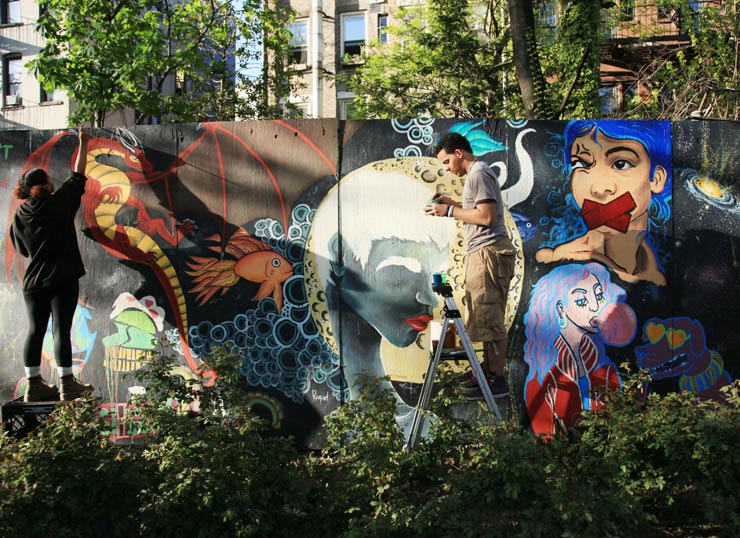 Last year I attended the Imagining America Conference that was held at New York University over the summer. Much of the conference was divided into breakout sessions of your choosing, and I visited First Street Green. First Street Park is a public park on the Lower East Side located at 33 East 1st Street. This park has been morphed from a neglected space into a place for community engagement through programs that include contemporary artists, architects, designers, and community groups. These events take place from May 1st-Oct 1st each year. First Street Green not only curates programs for the space, but also allows people in the community to suggest ideas and host events.
Last year I attended the Imagining America Conference that was held at New York University over the summer. Much of the conference was divided into breakout sessions of your choosing, and I visited First Street Green. First Street Park is a public park on the Lower East Side located at 33 East 1st Street. This park has been morphed from a neglected space into a place for community engagement through programs that include contemporary artists, architects, designers, and community groups. These events take place from May 1st-Oct 1st each year. First Street Green not only curates programs for the space, but also allows people in the community to suggest ideas and host events.
The first event for this year is on May 4 and is in conjunction with the New Museum’s Idea City Festival. Drawing from this year’s theme, Untapped Capital, First Street Green will hold exhibits, workshops, and screenings from 12pm-9pm at the park. For other events throughout the summer and into the fall, check out the calendar.
This is a really awesome new community engagement program through the arts that is just at the start of what I’m sure will be a long and successful journey. I’m really excited to see how this space transforms in the future.
 The French artist known as JR works relatively anonymous. After finding a camera in the Paris Metro, he began to study street art around Europe. Before winning a Ted Prize in 2011, JR created projects in Paris, Shanghai, Spain, Los Angeles.
The French artist known as JR works relatively anonymous. After finding a camera in the Paris Metro, he began to study street art around Europe. Before winning a Ted Prize in 2011, JR created projects in Paris, Shanghai, Spain, Los Angeles.
The most interesting and socially engaging in my opinion is the Face 2 Face project in which he posted portraits of Israeli and Palestinian on each side of the separation wall of the two states. Many said it was impossible as it was high illegal, but it managed to be completed. The aim was to show how similar these two peoples were. I feel that though the images were humorous and light, they spoke about a much deeper level of unity. These people are brothers , yet they fight and kill each other.
, yet they fight and kill each other.
After many successful but difficult projects, JR applied and was awarded a Ted Prize for his project, Inside Out. JR called for “a global art project” at the Ted Conference. This new project has extended what JR himself does with posting black and white portraits in urban areas. Inside Out allows for people around the world to submit portraits of their own. These portraits are then printed by the project and sent back in order to display in a public space. Guidelines have you group together with at least 5 other people with the same statement of purpose and then Inside Out makes it happen. The project is ongoing and submissions can be made on the site here. JR has recently brought a facet of his project that involves photo booths to Times Square in NYC. Check out the New York Times article here. I find this project so inspiring because you have so many voices just waiting to be heard all around the world. Many do not have the resources to have that voice heard. Inside Out gives these people the opportunity to share their stories with us, while creating a common ground.
D.C. students use photography to protest school security – The Washington Post
The small band of guerrilla photographers spread out in schools across the District, snapping photos of metal detectors, police pat-downs, and scuffles between security guards and students. read more
The student photographers Critical Exposure, a nonprofit photography program that teaches youth to use the power of photography and their own voices to become effective advocates for school reform and social change, based in Washington, D.C.
As a follow up to Amy’s post about the Laundromat Project, here is an interview from the Laundromat Project blog with Program Director Petruska Bazin Larsen, who also happens to be an alumnus of Photography and Imaging.
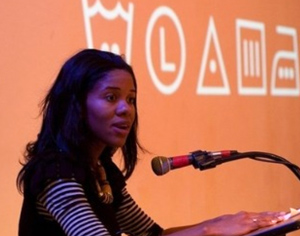 How did you get connected with The LP?
How did you get connected with The LP?
I was thinking about starting my own non-profit organization when I didn’t see anything on the job market that really interested me. I contacted Risë, who I’ve known since 2002, to hear about how she started The LP. Fast forward ten months, and I started working with her to develop our Create Change Public Artist Residency program.
Has your work as Program Manager with The LP changed the way you think about art?
I am way more drawn to work that does something more than just look pretty. Art is most successful when it is both visually compelling and charged with social impact. Read more